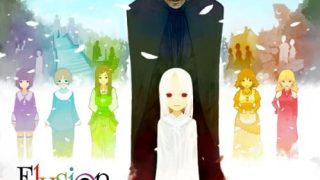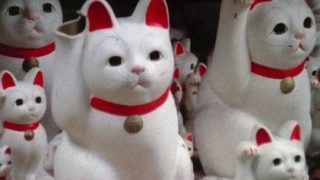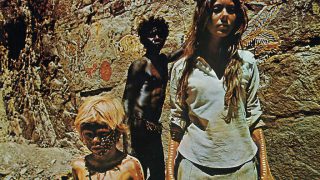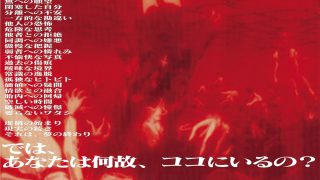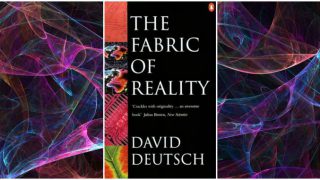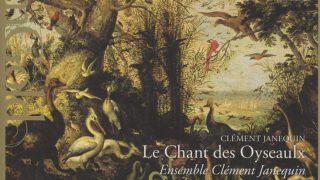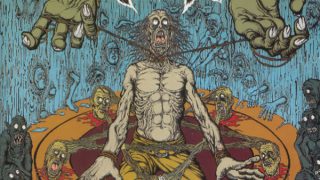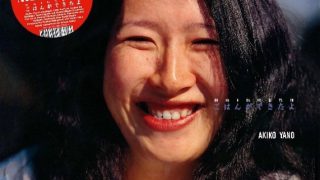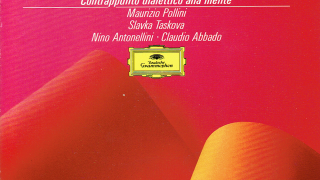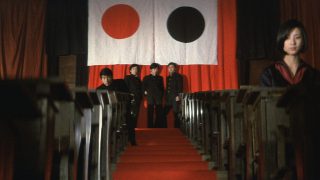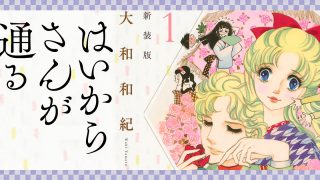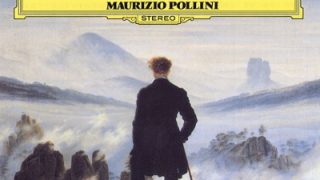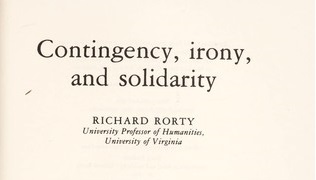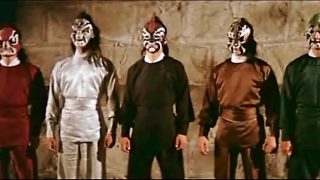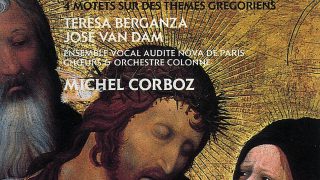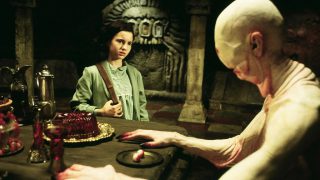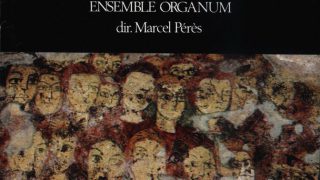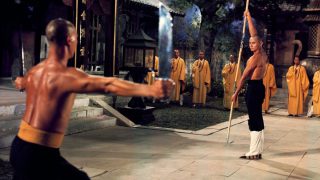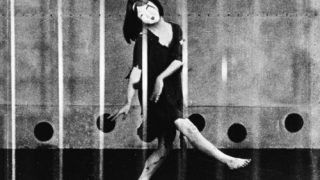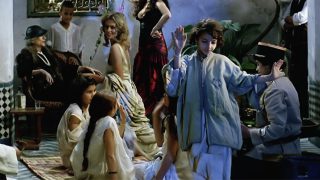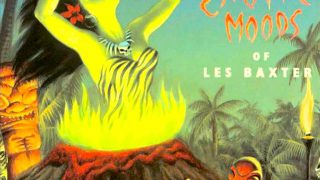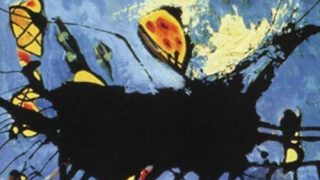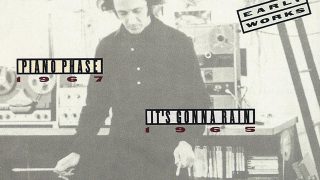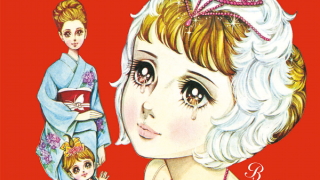Overview
“Yoshino Arrowroot” (the original Japanese title: Yoshino Kuzu) is a novella by Japanese novelist Jun’ichirō Tanizaki (1886–1965). It was published in the magazine “Chūō Kōron” in 1931.
Background of the Production
Jun’ichirō Tanizaki was born in Tokyo in 1886. In the 1910s, he established himself as an author for his modern and aesthetic novels with scandalous motifs, such as masochism and femme fatale, as represented by his short story “The Tattooer” (1910).
After the 1923 Great Kanto Earthquake, he moved to Kansai (Kyoto, Hyōgo), and in the 1920s, he attracted attention for his novels of manners, such as “Naomi” (1924–1925).
After that, with his “Some Prefer Nettles” (1928–1929) as a turning point, his works changed into the so-called “back to the classics” style, which was characterized by the rediscovery of traditional culture in Kansai and classical Japanese literature.
“A Portrait of Shunkin” (1933) and “In Praise of Shadows” (1933–1934) are famous works in his back-to-the-classics period in the 1930s. “Yoshino Arrowroot” (1931) is Tanizaki’s another masterpiece of this period.
Plot Outline
“Yoshino Arrowroot” is written from the first-person perspective of the narrator, who is a novelist living in Tokyo. The narrator looks back on his experience when he made a trip with his friend to Yoshino in autumn twenty years ago.
Yoshino is an area located in the center of Nara Prefecture, east of Osaka, known for its rich natural environment, beauty spots and historic sites. During the Northern and Southern Courts period (1337–1392), Yoshino had been the stronghold of the Southern Court. The Kuzu district, which is located in the upper reaches of the Yoshino River, is famous for the traditional handmade washi (Japanese paper) from ancient times.
In those days, the narrator was developing an idea of a historical novel, which was about the hidden history of the descendants of the Southern Court in Yoshino after the 1392 unification of the Southern and Northern Courts.
The narrator’s old friend from high school, Tsumura has relatives in Kuzu, Yoshino, though he lives in Osaka.
According to Tsumura, the Kuzu people are connected with the bloodline of the surviving retainers of the Southern Court, and they live on making paper by hand without using machines even now.
Tsumura is going to visit his relatives in Kuzu for a purpose. The narrator is invited by Tsumura to make a trip to Yoshino with Tsumura to collect information for his historical novel.
During their trip through Yoshino, Tsumura starts talking about his longing for his mother he had lost during childhood. Tsumura’s longing for his mother was also a longing for an ideal woman, and in his mind, it was also connected to the indigenous belief in the god of Inari (fox).
Commentary
“Yoshino Arrowroot” is generally regarded as a novel written by Tanizaki in an essay-like style based on his own experience of “he tried to write a historical novel set in Yoshino but failed.“
This work is written in a discursive style, like essay or a travelogue, and it includes many references to historic documents, folklore, classical literatures, and traditional performance arts, such as the Kabuki play “Imoseyama Onna Teikin/Mt. Imose: A Guide for Moral Women”, the Noh song “Futari Shizuka/Two Shizukas”, and the koto song “Konkai”.
The theme of “longing for mother”, which is one of Tanizaki’s main themes as shown in his short story “Longing for Mother” (1919), is also found in “Yoshino Arrowroot” as one of the episodes.
The discursive prose of “Yoshino Arrowroot” gives the impression that it masochistically avoids telling stories while being attracted by stories. The readers are forced to face the impossibility of narrative in “the fabric of quotations” (Roland Barthes).
Japanese novelist Kenji Nakagami, who had thematized the ambiguity of recovery and destruction of narrative in prose novels, regarded “Yoshino Arrowroot” as Tanizaki’s greatest work in his essay “Monogatari no Keifu/A Genealogy of Narratives: Jun’ichirō Tanizaki” (1979), and he argued about the self-destruction (implosion) of narrative in “Yoshino Arrowroot” in relation to masochism in the essay.
Japanese critic Shigehiko Hasumi analyzed the text of “Yoshino Arrowroot” in his book “Miserarete/Being Fascinated: A Collection of Essays on Writers” (2005), using the terms “erosion of ‘narrating’ by ‘writing’”.
Publication History
Yoshino Arrowroot” was included in “A Blind Man’s Tale”, a book published by Chūōkōronsha in 1932.

After that, it was published in book form as one of “Jun’ichirō Rokubushū (Six Anthologies)” (a limited edition of 370 copies with photographs) by Sogensha in 1937.
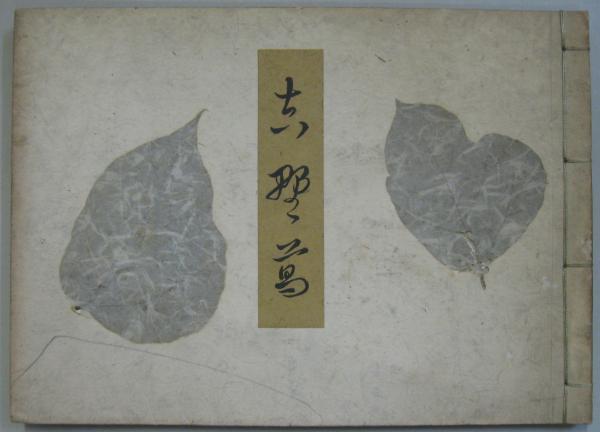
The Translations
English
- “The Secret History of the Lord Musashi and Arrowroot”, Anthony H.Chambers, Alfred A. Knopf, 1982

- ‘Yoshino Arrowroot’ by Jun’ichirō Tanizaki: A New Translation, Jason James, the Daiwa Anglo-Japanese Foundation, 2020: https://dajf.org.uk/news/yoshino-kuzu-by-junichiro-tanizaki
French
- “La Vie secrète du seigneur de Musashi (suivi de) Le Lierre de Yoshino”, René de Ceccaty et Ryôji Nakamura, Éditions Gallimard, 1987

- “Œuvres I”, Jacqueline Pigeot, Éditions Gallimard, 1997

Spanish
- “La vida enmascarada del señor de Musashi; Enredadera de Yoshino”, Fernando Rodríguez-Izquierdo, Edhasa, 1989

Italian
- “Yoshino”, Adriana Boscaro, Letteratura universale Marsilio, 1998

Simplified Chinese
- “春琴抄/吉野葛”, 林少華, 青島出版社, 2019



